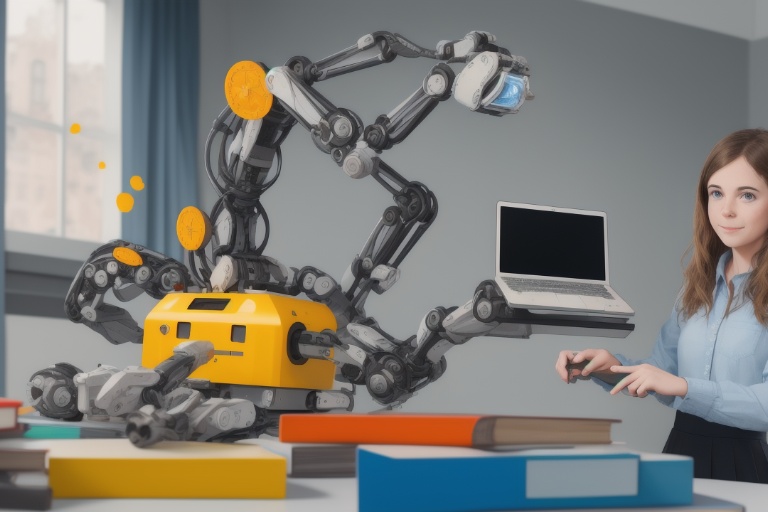Artificial intelligence (AI) stands at the forefront of technological innovation, continuously pushing the boundaries of what's possible across multiple sectors. At its core, AI encompasses a set of principles and techniques that together create systems capable of performing tasks that typically require human intelligence. By breaking down AI into four fundamental concepts—categorization, classification, machine learning, and collaborative filtering—we can gain a deeper insight into how it operates and why it has become so integral to modern problem-solving methodologies.
Artificial intelligence (AI) stands at the forefront of technological innovation, continuously pushing the boundaries of what's possible across multiple sectors. At its core, AI encompasses a set of principles and techniques that together create systems capable of performing tasks that typically require human intelligence. By breaking down AI into four fundamental concepts—categorization, classification, machine learning, and collaborative filtering—we can gain a deeper insight into how it operates and why it has become so integral to modern problem-solving methodologies.
Understanding Categorization
Categorization lays the groundwork for AI's problem-solving capabilities, serving as a critical step in processing and analyzing data. This process involves defining specific metrics based on the characteristics of the problem at hand. By segmenting complex issues into smaller, manageable parts, AI systems can approach each component with focused precision.
For instance, consider how AI might be used to sort through customer feedback. Categorization allows the AI system to differentiate comments based on their sentiment—positive, negative, or neutral. This simplified view provides clarity when addressing customer concerns and streamlines efforts to improve products or services.
Classification: Patterns to Make Predictions
Classification comes into play once categories have been established. AI systems examine the data within these categories to identify patterns and relationships. These patterns are then employed to classify new data and assist users in drawing meaningful conclusions or taking appropriate actions.
In the realm of healthcare, classification enables AI to analyze patient data, such as symptoms and test results, to predict health outcomes. By comparing individual cases to historical data, AI can assist doctors in diagnosing illnesses and creating more effective treatment plans. Machine learning algorithms learn from each new case, constantly improving their diagnostic accuracy.
The Role of Machine Learning
Machine learning is arguably the most pivotal aspect of AI, fostering the capacity for systems to learn and improve from experience without explicit programming. Through the application of algorithms, machine learning enables AI to make predictions and decisions based on data analysis, greatly enhancing its autonomy and intelligence.
Autonomous vehicles showcase the power of machine learning. By processing data from sensors and cameras, these vehicles learn to navigate roads, recognize obstacles, and adapt to changing traffic conditions. The continuous learning process makes self-driving cars safer and more reliable over time.
Collaborative Filtering: Leveraging Collective Knowledge
Lastly, collaborative filtering is an AI mechanism that hones the accuracy of recommendations or decisions by incorporating the collective input from large data sets. This technique is prevalent in services that recommend products, movies, or music based on user preferences and behavior.
Streaming services often use collaborative filtering to tailor content suggestions. By analyzing viewing patterns across a broad user base, the service identifies and recommends shows and movies that align with individual tastes. This not only enhances the user experience but also encourages continued engagement with the platform.
By understanding these foundational components, we're better equipped to appreciate AI's wide-ranging applications. Just like how we might assess a car's features before purchasing, delving into AI's core elements ensures we adopt the most suitable AI-driven solutions for our needs.
As AI technology continues to evolve, it becomes an increasingly ubiquitous part of our daily lives, from medical diagnoses and network optimization to personalized user experiences. Keeping abreast of the latest AI trends and advancements is essential. A firm grasp of the underlying principles of AI empowers users and developers alike to fully realize its transformative potential across diverse industries.
With AI seamlessly integrating into various aspects of our existence, knowledge of its foundational concepts isn't just advantageous—it's indispensable. As we continue to harness AI's capabilities, our understanding of its inner workings will be critical to unlocking new heights of innovation and efficiency.
Information for this article was gathered from the following source.


